Disclosure: This article contains affiliate links. We may earn a commission from purchases at no extra cost to you, which helps our travel content.
The morning sun casts long shadows across Plaza del Carmen as I sip my espresso, watching Santa Clara stir to life. I've spent three days immersed in the revolutionary spirit of Che Guevara's city, but the Caribbean calls. While most travelers use Santa Clara merely as a revolutionary pilgrimage site, few realize it's an ideal base for exploring Cuba's northern coast—a string of pristine beaches that remain refreshingly untouched by mass tourism. Having navigated financial markets and cricket pitches across continents, I've developed a knack for uncovering hidden gems that balance authenticity with accessibility. Santa Clara offers exactly that paradox: a revolutionary inland city serving as gateway to coastal treasures where traditional Cuban life continues uninterrupted by the outside world's gaze. Grab your sunscreen and sense of adventure—we're about to discover how to pair revolutionary history with Caribbean splendor on a week-long coastal expedition.
Revolutionary Beginnings: Santa Clara as Your Base Camp
Santa Clara isn't a beach town—it's a revolutionary shrine. The city where Che Guevara's forces derailed an armored train and changed Cuban history sits approximately 50 kilometers inland from the northern coast. This positioning makes it perfect for travelers seeking both cultural immersion and coastal escapes.
I established my base at the boutique Hotel La Granjita, a modest yet comfortable establishment where the rooms open to verdant gardens. At roughly $85 per night, it offers exceptional value compared to Havana's inflated tourist prices. What it lacks in luxury, it makes up for with authenticity and location.
Before beach-hopping, spend at least two days absorbing Santa Clara's revolutionary spirit. The Che Guevara Mausoleum and Memorial is non-negotiable—I found myself unexpectedly moved by the eternal flame and the simplicity of the memorial, despite my typically analytical approach to historical sites. The derailed train cars at the Monumento a la Toma del Tren Blindado tell the story of Che's most decisive victory with rusting eloquence.
For transportation to the beaches, I recommend arranging a driver through your accommodation rather than renting a car. My driver, Carlos, became an invaluable cultural interpreter, pointing out details I would have missed while navigating Cuba's sometimes challenging roadways. For approximately $60-80 per day, you'll have the freedom to explore multiple beaches with local expertise guiding you.
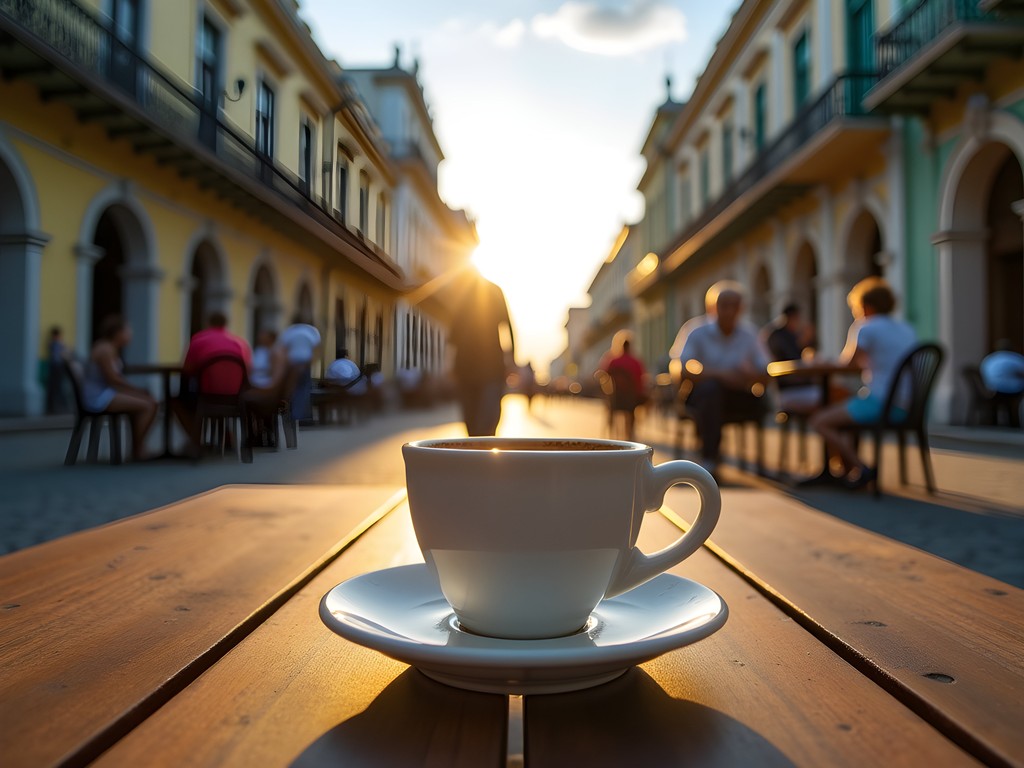
💡 Pro Tips
- Book accommodations in Santa Clara's city center for easy access to restaurants and transportation options
- Exchange currency at the CADECA near Parque Vidal for better rates than hotels offer
- Learn basic Spanish phrases—English is less commonly spoken in Santa Clara than in Havana or Varadero
Cayo Santa María: The Accessible Paradise
An hour and forty minutes north of Santa Clara lies Cayo Santa María, connected to the mainland by a 48-kilometer causeway that stretches across the sparkling Caribbean. This journey itself is part of the experience—watching flamingos wade through shallow waters as the mainland recedes behind you.
While Cayo Santa María hosts several all-inclusive resorts, I recommend avoiding these tourist bubbles. Instead, I stayed at the boutique hotel, which offers a more authentic experience while maintaining comfort. The property blends Cuban design elements with modern amenities—precisely the cultural fusion that fascinates me.
Playa Periquillo captured my heart with its powdery white sand and gradient blues stretching to the horizon. Unlike Varadero's more famous shores, here you'll find ample space to spread out, even in high season. The beach's western end features natural rock formations creating shallow pools perfect for snorkeling.
What truly distinguishes Cayo Santa María is the preservation of its ecosystem. The causeway includes water flow channels to maintain the natural marine environment, and much of the cay remains undeveloped. As someone who's witnessed overdevelopment destroy beach cultures from Bali to California, I found this commitment to sustainability refreshing.
In the evenings, venture to Pueblo La Estrella, a purpose-built village center where local musicians perform traditional Cuban son and rumba. While designed for tourists, the quality of musicianship is extraordinary. I spent hours nursing a mojito while watching a septuagenarian percussionist create rhythms that would make professional cricket batsmen struggle with their timing.

💡 Pro Tips
- Visit Playa Periquillo in the early morning before day-trippers arrive
- Bring reef-safe sunscreen as regular varieties are damaging the fragile ecosystem
- Exchange some currency for the local tourist peso (CUC) before leaving Santa Clara
Caibarién: Where Fishermen Meet Artisans
Before crossing the causeway to the resort islands, I spent a day in Caibarién—a working fishing town that offers a glimpse into authentic coastal Cuban life. Known as 'Villa Blanca' for its white sand streets, Caibarién exists in a time capsule that financial analysts like myself find both perplexing and captivating.
The town's malecón (seafront promenade) lacks the grandeur of Havana's famous waterfront but compensates with authenticity. Fishermen mend nets beside the iconic giant crab sculpture—a monument to the town's primary industry. This is where I discovered the intersection of functionality and craftsmanship that defines Cuban coastal communities.
Visit the local fishing cooperative early in the morning to witness the day's catch arriving. Unlike tourist-oriented seafood restaurants, Caibarién's modest eateries serve catch-of-the-day prepared with generations-old recipes. At Restaurante El Pescador, I enjoyed the simplest yet most delicious grilled red snapper of my life for less than $10.
What captivated me most was discovering local artisans creating fishing implements that double as art pieces. These craftsmen fashion beautiful wooden tackle boxes adorned with marine motifs—the perfect embodiment of functional craftsmanship. I purchased one from an elderly gentleman named Rafael, who explained how his designs incorporated elements from African, Spanish, and indigenous traditions. It now holds my cricket memorabilia in Sydney—a perfect example of how traditional craftsmanship transcends its original purpose.
For beach enthusiasts, Caibarién offers access to smaller, completely undeveloped stretches of coastline. Ask locals about 'Playas del Este'—a series of small beaches where you might be the only visitor. Bring your own supplies, including a reliable waterproof dry bag to protect valuables, as amenities are non-existent.

💡 Pro Tips
- Visit the fish market before 8 AM to see the authentic morning catch and activity
- Bring small denominations of CUC for purchasing crafts directly from artisans
- Learn the phrase 'Dónde está la playa local?' (Where is the local beach?) to find hidden spots
Playa Ancón: The Southern Alternative
While most beach excursions from Santa Clara head north, the southern coast offers equally compelling options. Playa Ancón, accessible from Trinidad (a UNESCO World Heritage site approximately two hours from Santa Clara), presents a different Caribbean experience altogether.
The journey to Playa Ancón takes you through the Valle de los Ingenios, where sugar plantations once fueled Cuba's colonial economy. This landscape—dotted with ruined sugar mills and colonial mansions—offers a stark reminder of Cuba's complex history. As someone who transitioned from investment banking to sports management, I'm fascinated by economic transformations, and Cuba's shift from sugar plantation to tourism economy tells a compelling story.
Playa Ancón itself stretches for nearly 4 kilometers along Cuba's southern coast. The sand here is slightly darker than the northern cayes, but the water remains that impossible Caribbean blue. What distinguishes Ancón is the mountainous backdrop—the Sierra del Escambray creates a dramatic contrast to the horizontal expanse of sea.
I stayed at Casa Particular 'Villa Maribel' in Trinidad rather than at the dated hotels near the beach. For approximately $40 per night, I enjoyed home-cooked meals and invaluable local knowledge from my hosts. Trinidad's colonial splendor deserves at least two days of exploration before or after your beach time.
For underwater enthusiasts, Playa Ancón offers exceptional snorkeling opportunities. I spent a morning exploring the coral formations with gear rented from the dive shop at Hotel Ancón. My underwater camera captured vibrant parrotfish and elkhorn coral in the crystalline waters—imagery that now illustrates my presentations on sustainable tourism investment.
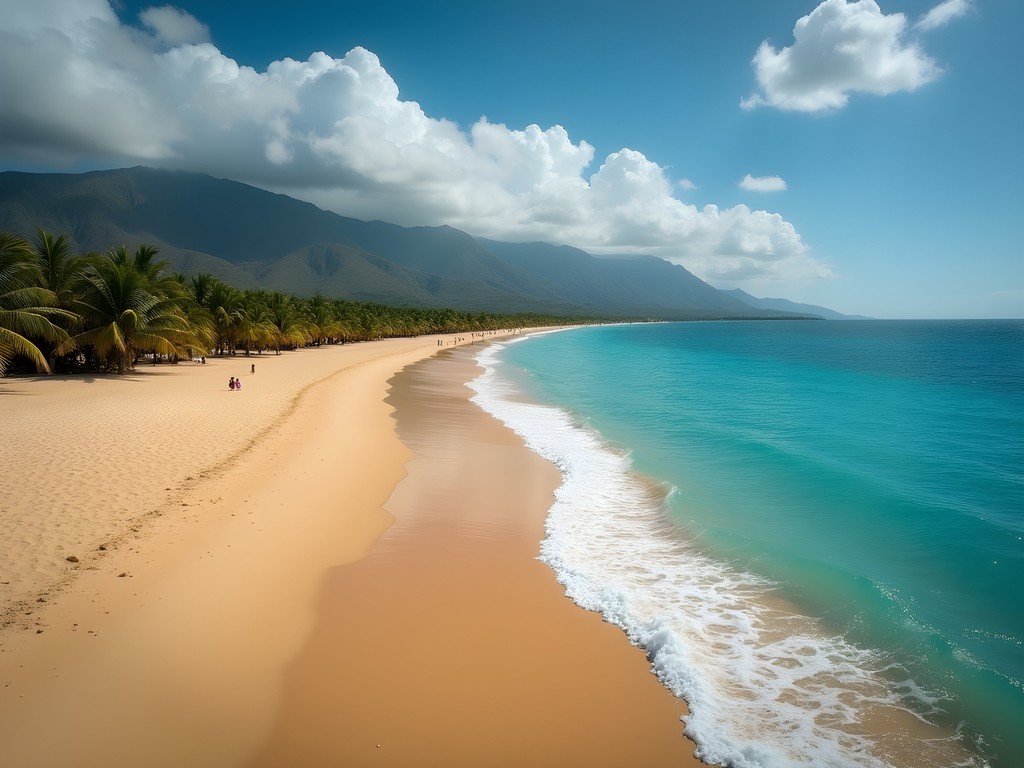
💡 Pro Tips
- Combine your Playa Ancón visit with at least one overnight stay in Trinidad
- Book a sunset sailing trip from the marina for around $25 per person
- Visit midweek to avoid domestic tourists who flock to the beach on weekends
Craftsmanship & Coastal Culture: The Fabric of Cuban Beach Life
What distinguishes Cuban beach communities from other Caribbean destinations is the preservation of traditional craftsmanship alongside coastal culture. As someone who's documented the intersection of traditional crafts and modern fashion across continents, Cuba's coastal regions offer fascinating case studies.
In Remedios, a colonial gem just 9 kilometers from Caibarién, I discovered artisans creating handwoven items using techniques passed down through generations. Local women produce intricate crochet work that rivals anything I've seen in fashion capitals, yet these pieces sell for a fraction of what they would command in Sydney or London. I purchased several doilies and table runners that now adorn my apartment, conversation pieces that connect my professional world with Cuba's preserved traditions.
The connection between craftsmanship and beach culture becomes evident in the fishing implements. Hand-carved wooden floats, often decorated with distinctive patterns, dot the shorelines. These functional objects reflect centuries of African, Spanish, and indigenous influences—a material culture that tells Cuba's complex history more eloquently than any museum exhibit.
For travelers seeking authentic souvenirs, I recommend bypassing the tourist markets in favor of direct purchases from artisans. In Caibarién's side streets, I found workshops where craftspeople create fishing-themed art from repurposed materials—sustainability born of necessity rather than trend.
Beach fashion in Cuba merits special attention. Unlike the branded beachwear of tourist enclaves, locals favor practical, often handmade items. The guayabera—a pleated linen shirt perfect for humid conditions—remains the staple of Cuban men's beach attire. I brought my favorite linen travel shirt from Australia, only to discover that local versions offer superior craftsmanship at a quarter of the price.
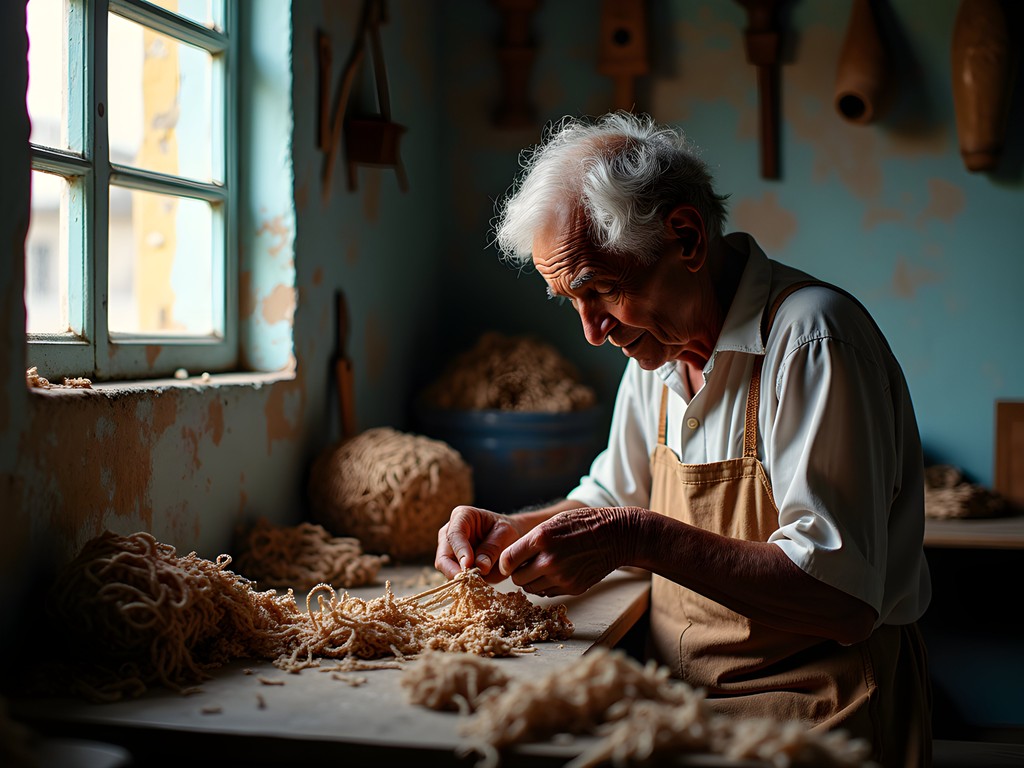
💡 Pro Tips
- Visit the artisan workshops in Remedios on weekday mornings when craftspeople are most active
- Learn the phrase 'Hecho a mano?' (Handmade?) to identify authentic crafts
- Bring small, useful items like fishing hooks or sewing needles as gifts when visiting artisan communities
Final Thoughts
As my week of beach-hopping from Santa Clara concludes, I find myself sitting once again in Plaza del Carmen, this time under the stars rather than morning sun. My skin carries the memory of Caribbean salt, my bag holds carefully wrapped handicrafts, and my mind contemplates the delicate balance Cuba maintains between preservation and progress. These coastal communities—from working-class Caibarién to pristine Cayo Santa María—offer a glimpse into what sustainable tourism might look like: experiences that enrich rather than extract. For couples seeking connection beyond the typical resort experience, Santa Clara's revolutionary spirit combined with these hidden coastal gems creates the perfect counterpoint—history and relaxation, authenticity and comfort, revolution and tranquility. The beaches near Che's city aren't just beautiful; they're meaningful. And in a world increasingly defined by interchangeable luxury experiences, meaning might be the greatest luxury of all.
✨ Key Takeaways
- Base yourself in Santa Clara for easy access to both northern and southern Cuban beaches while experiencing revolutionary history
- Seek out local artisans in coastal communities for authentic souvenirs that connect craftsmanship with beach culture
- Combine beach time with cultural exploration in Trinidad and Remedios for a more complete Cuban experience
- Choose locally-owned accommodations where possible to support sustainable tourism development
📋 Practical Information
Best Time to Visit
November through April (dry season)
Budget Estimate
$75-150 per day per person (excluding flights)
Recommended Duration
7-10 days
Difficulty Level
Moderate
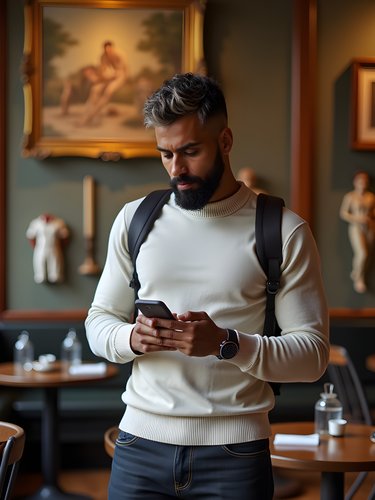
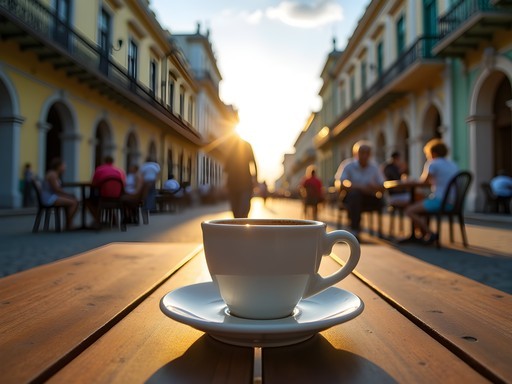
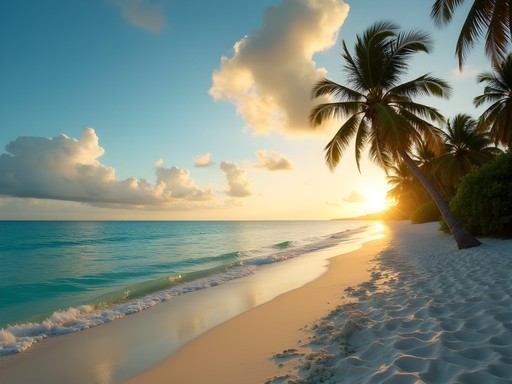
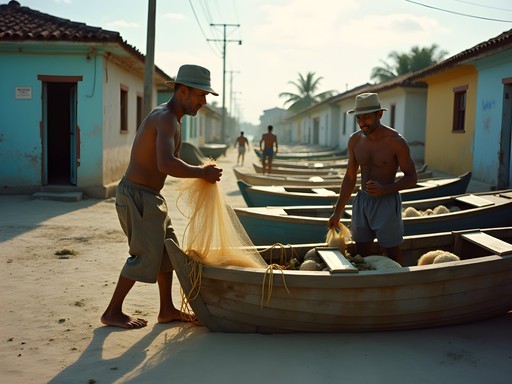
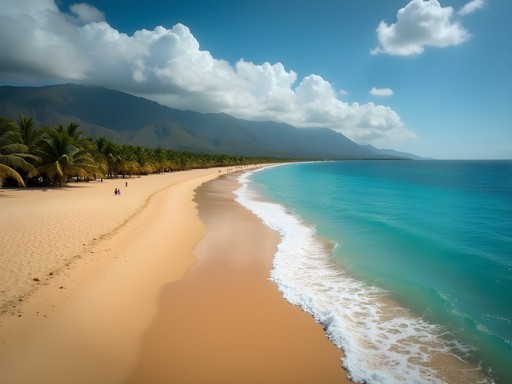
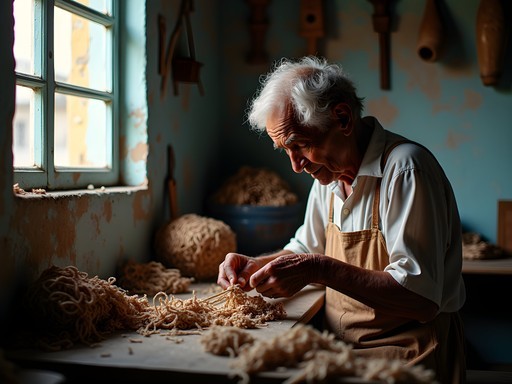


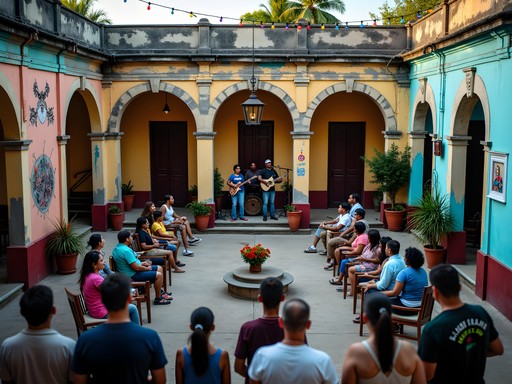
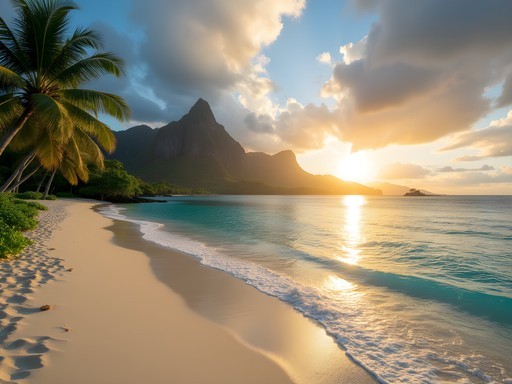






Comments
Sophia Gomez
Alan, your post brings back so many memories! I spent a week based in Santa Clara last year and completely agree it makes the perfect hub. For anyone planning this trip: the contrast between revolutionary history and those pristine beaches is what makes Cuba so special. One thing I'd add - while in Caibarién, don't miss the ride on the old steam train if it's running (schedule can be unpredictable). It's a beautiful journey through sugarcane fields that tells the story of Cuba's economic history. Also, the casa particular owners in Santa Clara often have connections for reliable drivers to the beaches at better rates than the official taxis. Just ask your host!
adventureseeker
The steam train sounds amazing! How long is the ride?
Sophia Gomez
It's about 45 minutes each way, but they sometimes stop for photos at scenic spots. Bring water and a hat - no AC on a steam train! 😅
sunsetblogger
Just got back from Cuba following a similar route! Caibarién was the unexpected highlight for me - such an authentic fishing town with zero tourists. We had the best seafood lunch at a little family-run paladar near the malecón. The owner showed us how they prepare the lobster. One tip: bring a good Spanish phrasebook as English is very limited there. I used my pocket translator which was a lifesaver in these smaller towns. Also, the classic car ride from Santa Clara to the beaches was worth every CUC - much more memorable than taking a taxi!
vacationlover
Great post! Is Cayo Santa María really worth the trip compared to Playa Ancón? Which beach had clearer water?
sunsetblogger
Not Alan, but I've been to both! Cayo Santa María has that picture-perfect Caribbean blue water and white sand. Playa Ancón is nice but doesn't quite have that same wow factor. However, Playa Ancón is closer to Trinidad which is an amazing colonial town worth visiting!
vacationlover
Thanks for the insight! Sounds like I need to visit both if time allows.
adventureseeker
This is exactly what I needed! Planning a Cuba trip for January and was wondering if I could combine revolutionary history with some beach time. Perfect combo!
Sophia Gomez
You'll love it! I did this exact itinerary last year. Definitely spend at least two full days in Santa Clara before heading to the beaches. The Che Guevara Memorial is a must-see.
adventureseeker
Thanks Sophia! How did you get from Santa Clara to the beaches? Rental car or public transport?
Sophia Gomez
I went with a rental car since I was on a tight schedule, but the local buses are actually pretty reliable if you're not in a rush!
greenqueen
If anyone's planning this trip, don't miss the seafood at El Lobo in Caibarién! Best lobster I've ever had and super cheap compared to the resorts.
BackpackBuddy
That shot of the sunset from Caibarién's malecón is absolutely gorgeous! What camera did you use?
Alan Knight
Thanks! Just my trusty old Pixel 4a with some minor editing. The light there does all the work!
TravelingTeacher
Going to Santa Clara in November. Is it still worth visiting the beaches then or will it be too cold?
CaribbeanDreamer
November is actually perfect! Less crowds, still warm (like 75-85°F) and the hurricane season is mostly over. You'll love it!
SunSeeker45
Those Cayo Santa María photos are stunning! Added to my bucket list!
Hunter Thompson
Brilliant write-up Alan! I was in Santa Clara last year and used it as a base for exploring the region too. For anyone heading there, I'd add Playa Rancho Luna near Cienfuegos to your list - it's less pristine than Cayo Santa María but practically empty most weekdays. The snorkeling is surprisingly decent! One tip: the local buses to Caibarién can be unreliable, so I ended up using my offline maps to navigate with a rented bicycle from Santa Clara - about 45km but mostly flat and a great way to see the countryside. The sunset views from Caibarién's malecón looking back toward the causeway are absolutely worth the journey!
CubaExplorer92
How long did that bike ride take you? Sounds amazing but I'm not super fit!
Hunter Thompson
About 3-4 hours with stops for photos and water breaks. It's mostly flat but can be hot! If you're not up for the full ride, you could bus to Remedios and cycle the last bit (about 15km).
greenqueen
Just got back from Santa Clara last month and did exactly this beach-hopping thing! Cayo Santa María was absolutely stunning but SO touristy compared to Caibarién. That fishermen's village has such an authentic vibe. We found this tiny seafood place right by the water where they cooked whatever was caught that morning. Wish I'd known about the artisan workshops you mentioned though!
Hunter Thompson
Did you manage to find public transport to Cayo Santa María? I've heard mixed things about accessibility without a rental car.
greenqueen
We actually got a shared taxi from Santa Clara to Caibarién (super cheap!) then caught the tourist bus that crosses the causeway to Cayo Santa María. Way cheaper than the organized tours and gave us flexibility to explore at our own pace.
Venture X
Premium card with 2X miles, $300 travel credit, Priority Pass